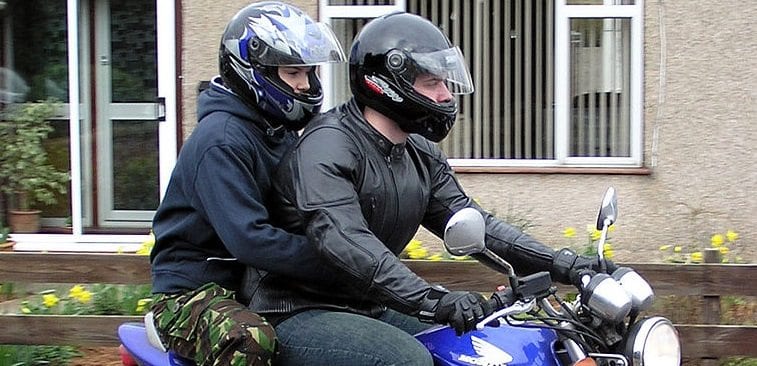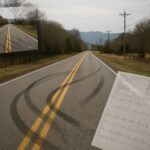Best Pointers for Riders
Consumer Reports suggests that you choose a motorcycle that fits both your riding skills and your body size. They caution that returning cyclists will find much more power and speed than they expect in smaller models with innovative, performance-boosting technology.
The Motorcycle Safety Foundation (MSF) has tips for gear as well as rules of the road. Firstly, dress to add a protective layer and protect your skin. Secondly, dress for visibility. While you may feel like riding in a t-shirt and shorts on a hot day, or wearing chic black at night, neither of these choices enhance your safety. These days, protective gear doesn’t have to mean wearing heavy layers of leather during the hot summer months. Many motorcycle outfitters offer strong and breathable clothing that fully covers your arms and legs. Another option is to add body armor that protects you where you want fuller coverage. For example, you may opt for a spine guard, or torso armor. Knee and shin guards are a good idea as well. Remember that one of the biggest problems motorcyclists have is that they are less visible on the road. To add visibility, choose reflector-enhanced clothing and gear for night time use, and bright colors during daylight hours.
Once you are dressed for the road, check out your motorcycle to make sure it is in top riding condition. Only if all technical problems have been taken care of are you ready to hit the road. Don’t forget to check tire safety—make sure your tires are properly inflated, because under-inflated tires mean slower response time. Hand-in-hand with tire upkeep is servicing your braking system. An anti-lock braking system is the latest in braking features, if you are in the market for a new bike.
The last thing you need before you get on your bike is a good helmet and eye protection. If you don’t wear a helmet with a visor, choose safety goggles that will keep bugs and debris out of your eyes. If you have taken a spill on your bike, or you’ve had it for more than five years, it is time to replace your helmet. The helmet is a combination of a hard outer protective shell and a padding liner that absorbs shock. It also reduces wind noise so you can be more alert to your environment. Both visors and safety goggles protect and enhance vision so you can scan the road and anticipate possible changes in traffic and road conditions.
While a helmet is your most important piece of safety gear, follow these tips for your best protection:
- Ride while alert and pro-actively scan the road to avoid accidents.
- Always keep in mind that cars may not be aware that you are sharing the road.
- Keep a safe stopping and avoidance distance so you have more time in case the vehicles ahead of you brake suddenly.
- Check the forecast before you head out. Weather is a major factor in road conditions, and the most dangerous time to be on the road is when rain begins to fall, and oil and and dust combine to make for a slick road surface.
Stillman and Friedland wish you a pleasant and safe summer on the open road!







